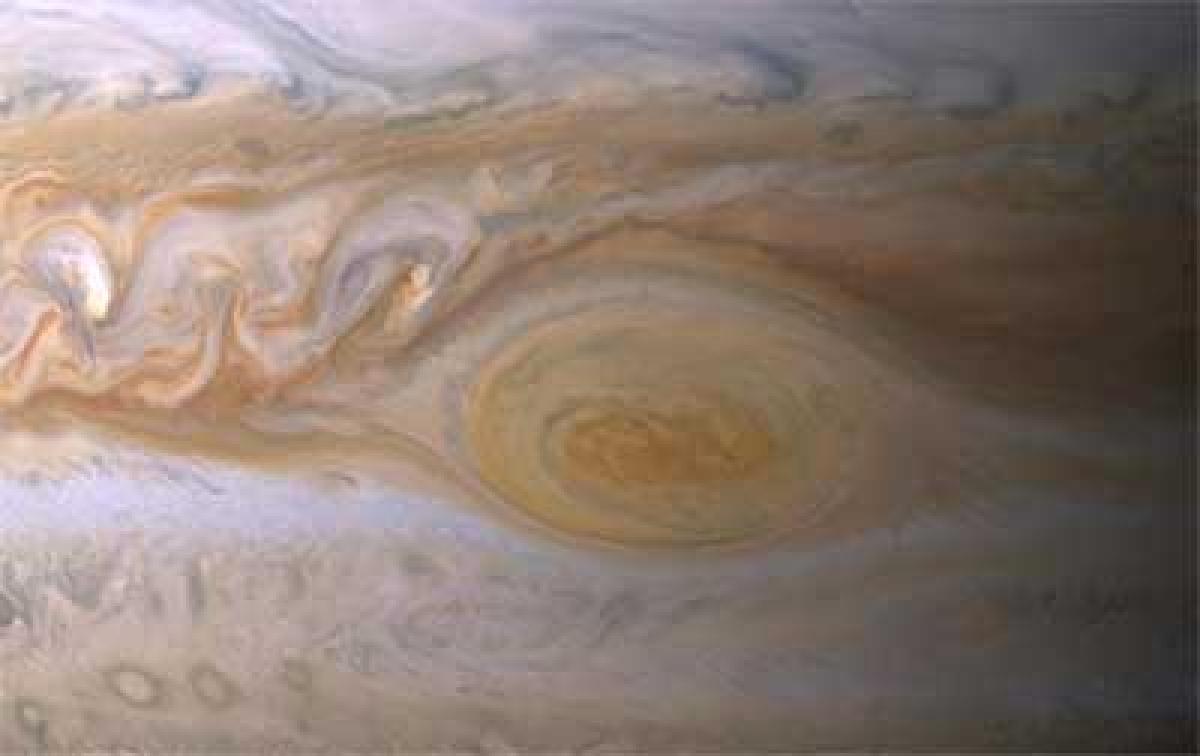Live
- Egypt's Suez Canal cuts transit, mooring fees for Red Sea yachts
- Politicising every issue is Rahul Gandhi's job: BJP
- RG Kar case: Hunger strike by junior doctors enters day 9
- AI PCs set to evolve further as users look for ‘killer’ applications
- SpaceX, Blue Origin to launch key rockets to space on Sunday
- Death toll from Israeli attacks in Lebanon reaches 2,255
- Significantly enhanced multimodal connectivity: PM Modi on 3 years of GatiShakti scheme
- Significantly enhanced multimodal connectivity: PM Modi on 3 years of GatiShakti scheme
- FairPoint: Balancing Jammu and Kashmir, Omar Abdullah’s crown has thorns
- UNIFIL peacekeeper injured by gunfire in Lebanon





 Washington:
Washington:



